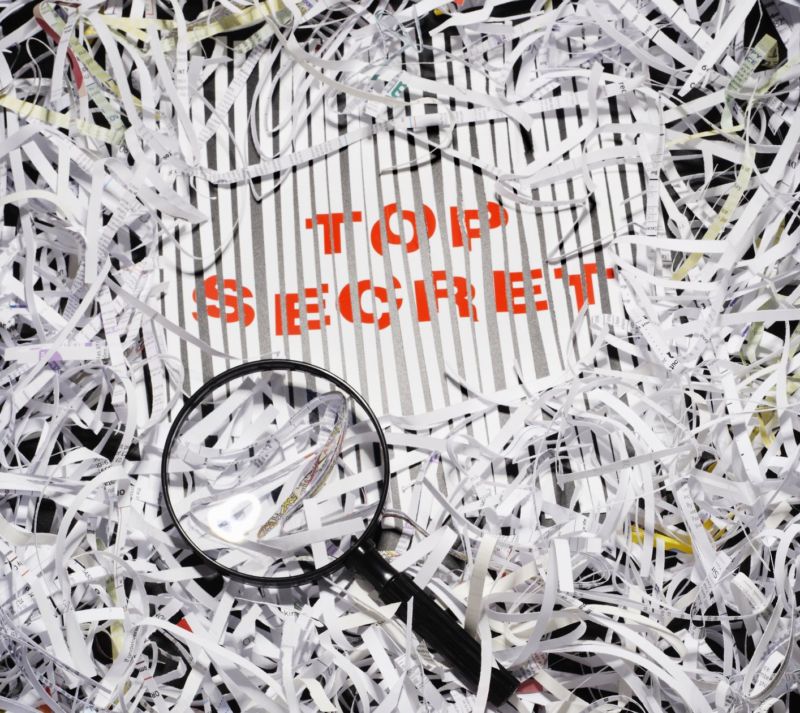Sprint wanted to merge with Charter—or T-Mobile.
PSA is titled “Be safe on the Internet to Protect Your Family.”
Google makes most of its money through online advertising… so it might seem a bit strange that the company is planning to add an ad-blocker to its web browser. But earlier this year Google announced that soon its Chrome web browser would block “annoying, intrusive ads on the web.” You’ll have to wait until 2018 […]
Google’s partial ad-blocker goes live in Chrome Canary/Dev builds (for Android) is a post from: Liliputing

Google makes most of its money through online advertising… so it might seem a bit strange that the company is planning to add an ad-blocker to its web browser. But earlier this year Google announced that soon its Chrome web browser would block “annoying, intrusive ads on the web.” You’ll have to wait until 2018 […]
Google’s partial ad-blocker goes live in Chrome Canary/Dev builds (for Android) is a post from: Liliputing

Auf Flüssen gibt es keinen Stau. Alain Thébault und Anders Bringdal von Sea Bubbles wollen den Nahverkehr deshalb aufs Wasser verlegen – mit einem schnellen und sauberen Elektroboot. Im September werden diese Boote auf der Seine unterwegs sein. (Verkehr, Technologie) 

Auf Flüssen gibt es keinen Stau. Alain Thébault und Anders Bringdal von Sea Bubbles wollen den Nahverkehr deshalb aufs Wasser verlegen - mit einem schnellen und sauberen Elektroboot. Im September werden diese Boote auf der Seine unterwegs sein. (
Verkehr,
Technologie)

Revealing technical details would “undermine our system security,” FCC says.
Apple’s first smart speaker is coming later this year, but the company has released an early build of the HomePod’s firmware, possibly by accident. And developers have started digging into it… and finding surprising things, such a details about the upcoming (and unannounced) iPhone 8. For example, it looks like Apple’s newest iPhone will features […]
iPhone 8 face unlock, unusual design revealed by HomePod firmware is a post from: Liliputing

Apple’s first smart speaker is coming later this year, but the company has released an early build of the HomePod’s firmware, possibly by accident. And developers have started digging into it… and finding surprising things, such a details about the upcoming (and unannounced) iPhone 8. For example, it looks like Apple’s newest iPhone will features […]
iPhone 8 face unlock, unusual design revealed by HomePod firmware is a post from: Liliputing

Dev wants to “guarantee the best possible gameplay” after Chicago cell failure.
Mit einem Zukauf will der TÜV-Süd weitere digitale Dienste anbieten: Die Firma Uniscom bietet sicheres Cloud-Hosting für Unternehmen an. (TÜV, Datenschutz) 

Mit einem Zukauf will der TÜV-Süd weitere digitale Dienste anbieten: Die Firma Uniscom bietet sicheres Cloud-Hosting für Unternehmen an. (
TÜV,
Datenschutz)

It’s going to be a long time before DSRC-equipped vehicles are common on our roads.
Netflix macht immer mehr Schulden für aufwendige Eigenproduktionen. Wenn das Wachstum bei Neukunden nachlässt, könnte die Blase platzen. (Netflix, Streaming) 

Netflix macht immer mehr Schulden für aufwendige Eigenproduktionen. Wenn das Wachstum bei Neukunden nachlässt, könnte die Blase platzen. (
Netflix,
Streaming)



 Auf Flüssen gibt es keinen Stau. Alain Thébault und Anders Bringdal von Sea Bubbles wollen den Nahverkehr deshalb aufs Wasser verlegen - mit einem schnellen und sauberen Elektroboot. Im September werden diese Boote auf der Seine unterwegs sein. (
Auf Flüssen gibt es keinen Stau. Alain Thébault und Anders Bringdal von Sea Bubbles wollen den Nahverkehr deshalb aufs Wasser verlegen - mit einem schnellen und sauberen Elektroboot. Im September werden diese Boote auf der Seine unterwegs sein. (


 Mit einem Zukauf will der TÜV-Süd weitere digitale Dienste anbieten: Die Firma Uniscom bietet sicheres Cloud-Hosting für Unternehmen an. (
Mit einem Zukauf will der TÜV-Süd weitere digitale Dienste anbieten: Die Firma Uniscom bietet sicheres Cloud-Hosting für Unternehmen an. (
 Netflix macht immer mehr Schulden für aufwendige Eigenproduktionen. Wenn das Wachstum bei Neukunden nachlässt, könnte die Blase platzen. (
Netflix macht immer mehr Schulden für aufwendige Eigenproduktionen. Wenn das Wachstum bei Neukunden nachlässt, könnte die Blase platzen. (